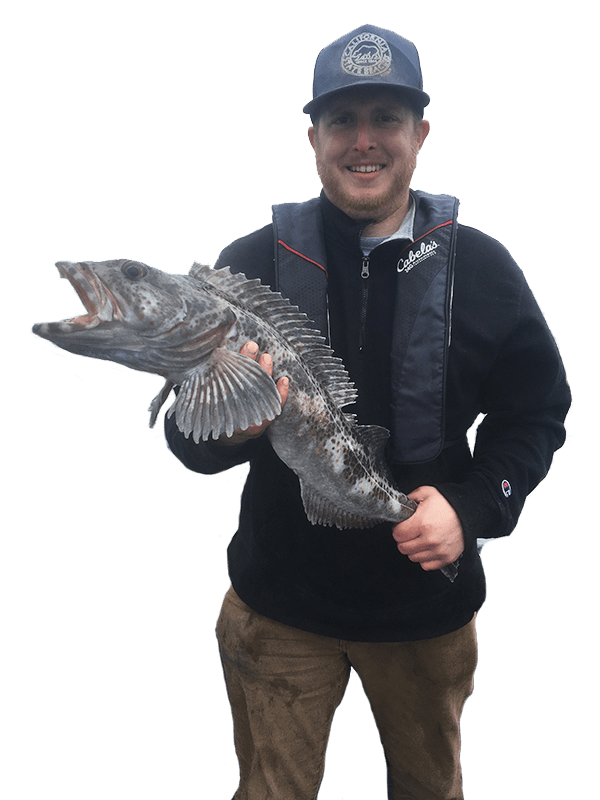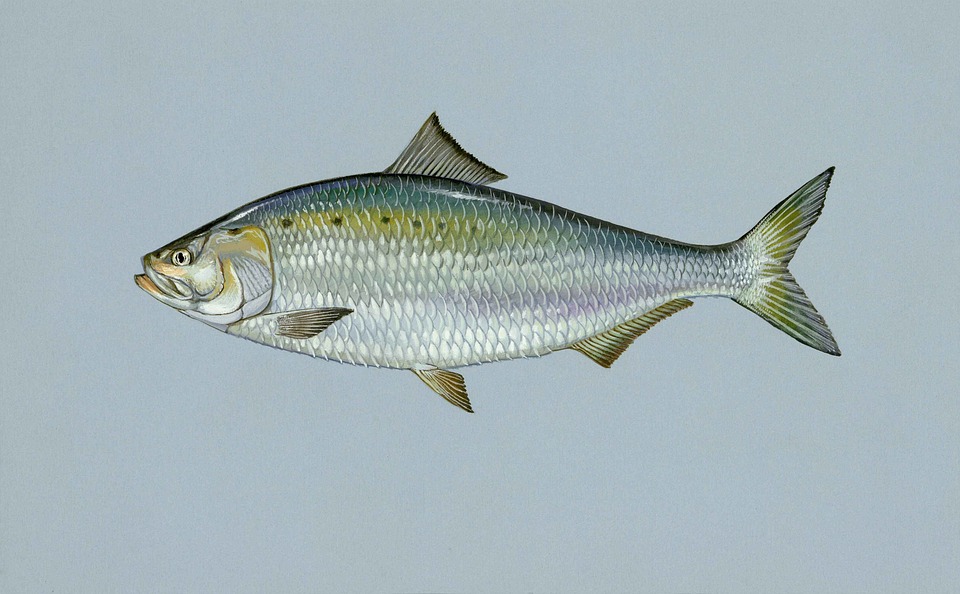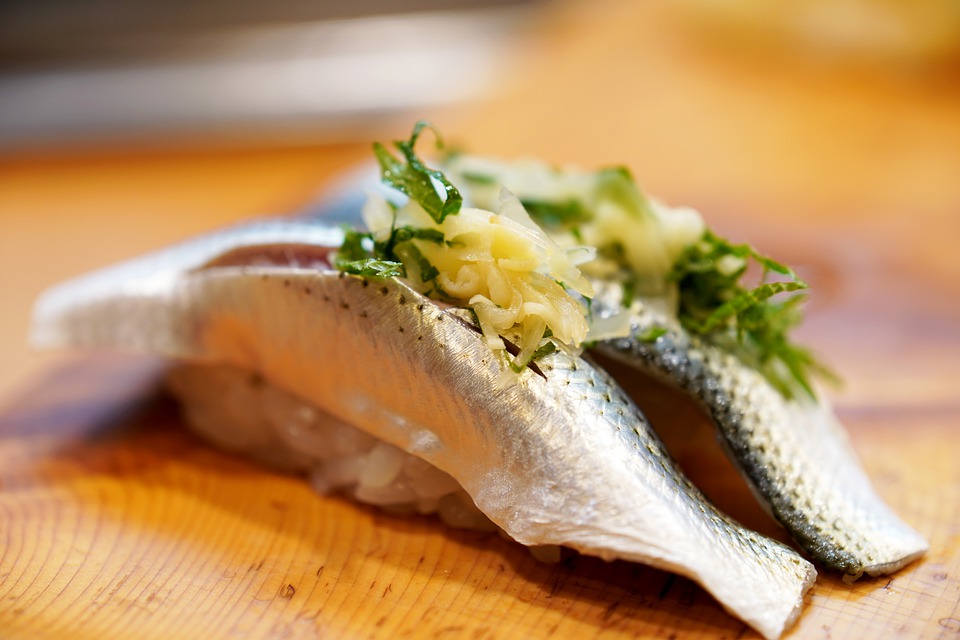Your Guide to Columbia River Shad Fishing
There are many opportunities for catching shad in the Pacific Northwest, where you can find a lot of eager fighters and tough fighters. They are related to herring, making great game fish, and just like salmon and steelhead, they are anadromous. This means that they would spend most of their lives in the ocean before they go to freshwater rivers to spawn.
This is why Columbia River shad fishing is quite popular during spawn season. But that isn’t the only thing you should focus on. To get even more insight on how to catch shad in Columbia River, read on!
Columbia River Shad Fishing
American shad are Columbia River’s signature fish. While salmon and steelhead used to be the most prolific fish species in the area, their numbers reduced throughout the years. Compared to the 1-3 million from salmon and steelhead annual runs, shad would average in 4-5 million!
In fact, the US Geological Survey estimated between 10-20 million adult shad entering Columbia every year. And given the fact that shad isn’t native to Columbia, these are big numbers!
You can see why Columbia River shad fishing is quite popular with these numbers, being a favored game fish. So let’s dig into the shad facts and how you can fish for them in the Columbia River.
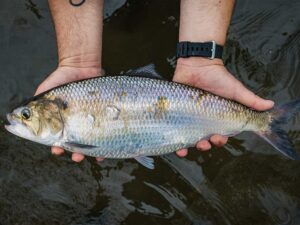
Where to Target Shad
Shad would swim close to the shores, usually within 30-45 feet of land. This makes them very accessible to bank fishers, though boaters parking in migration lanes. If you’re planning to hire a fishing charter, then I highly recommend that you go for inshore trips when catching shad.
The typical spots shad should target would be below wing jetties, rocks, among other covers giving shad a break from currents.
You’ll find shad in varying depths, depending on where you are fishing for them. In Columbia River, you’ll usually find shad around 5-20 feet deep, with the depth varying even further based on environmental conditions like the currents and sunlight.
This is why you need to identify the depth and locations shad would be running in certain spots of the Columbia River.
When to Target Shad
The shad spawn season at varying times, and this depends on the location. Warm water would spur shad on, so you can expect shad to spawn earlier up north.
The best time to fish for shad is a few hours before dark, though fishing any time of the day is still productive.
Take note that shad don’t feed during the spawning process. Because of this, treat shad as you would treat salmon, inciting a strikeout of annoyance. You can do this by bright-colored casting shad darts and/or crappie jig heads.
During overcast days, you can target shad in shallower waters, sometimes resting behind breaks or in pools. During clear and sunny weather, they tend to hold closer to the bottom, even in deeper waters, as a way to avoid direct sunlight. They have a light aversion, which is why morning and evening fishing, as well as overcast days, will give you more chances of catching shad.
For bright and sunny days, target shad by fishing 15 feet or so deep, again depending on the location, among other environmental factors.
Specifically, in the Columbia River, the target areas would be right below any obstructions. Before the dams of Columbia River, shad would stack up in thick schools before they climb fish ladders.
Take note that shad spawn may coincide with salmon fishing, and as mentioned, it’s best to treat shad as you would with salmon. This may mean that you might end up catching salmon instead of shad. While this is great, you’ll have to take note of the restrictions and regulations when catching both salmon and shad.
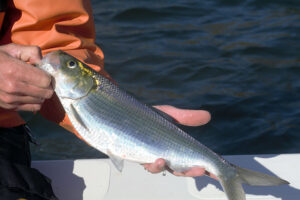
Catching Shad
As said before, shad do not actively feed in freshwater. They will stop their feeding cycles as they leave the ocean, only striking if annoyed or seeing something like food.
This is why using lures such as shad darts from your boat or shore delivers positive results.
Another tip is to target schools of shad and follow it, so you can catch shad all day long! If you already know where the schools pass during migration, set up in that area so you won’t wait too long for them to come in.
As for the gear, use a fishing rod with a 6-12 pound test with lures or hooks that are about 1 to 1/0 in size.
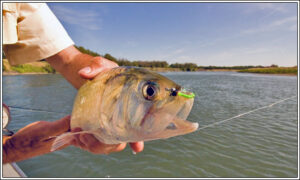
Columbia River Shad Fishing on Boats
Are you planning on hiring a fishing charter to fish in the Columbia River? Here are some quick tips on how to go boat fishing for shad:
It’s best to work with lures when casting from boats, as it would be easier to find schools, moving with them, or parking in travel lanes.
One simple setup is by attaching a 3-way swivel to the mainline and connect a 4-foot leader to one loop and your spoon or lure. Then, place a 2-foot dropper line that has enough weight based on current conditions, lowering your setup to the bottom, right behind the anchored boat.
Doing this will have your lure do the work as it moves through the current. When a school of shad comes in, you’ll then come across fast action. That said, prepare a light or medium-action fishing rods, such as a bass or trout fishing rod.
Wrapping It Up
There is so much to learn about shad fishing, from what shad are down to the gear and techniques to use when in the Columbia River. If you want to make your experience an even more memorable one, consider getting a fishing charter for higher chances of catching shad. That way, you are more focused on having fun fishing and learning more about catching Columbia River shad!
I hope you learned a lot about how to go shad fishing in Columbia River successfully. Keep this information in mind once you start planning your trip to Oregon and have a fun experience!
Schedule your Oregon Fishing Charter Today!
